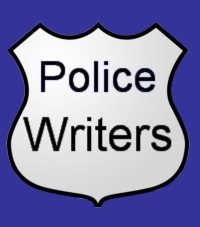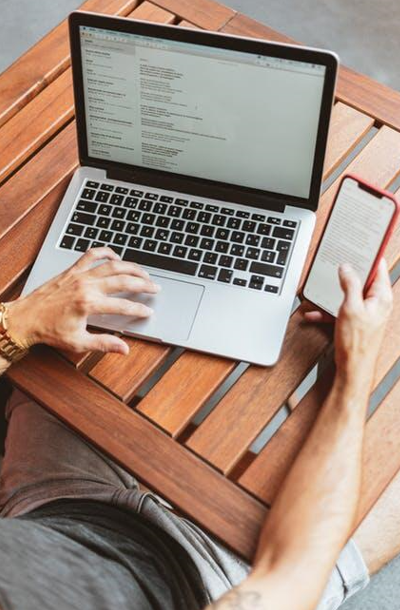Email etiquette is one of the most critical skills in the professional world. In an age where communication often happens via screens, knowing how to convey your message effectively and respectfully can make or break your professional relationships.
A well-structured email not only conveys your message but also reflects your professionalism, competency, and respect for the recipient’s time. Here are essential tips to master the art of email etiquette, ensuring that your emails are clear, concise, and impactful.
1. Use a Professional Email Address
One important tip to master the art of email etiquette in the professional world is to use a professional email address. Your email address is often the first impression you make, especially when communicating with clients, colleagues, or potential employers. A professional email address typically includes your name and is linked to a reliable domain, such as a company or a professional service like Gmail. Avoid using nicknames, slang, or personal references that may seem unprofessional or informal.
For example, “john.smith@email.com” is far more appropriate than “cooldude123@email.com.” Using a professional email address shows that you take your work seriously and are mindful of how you present yourself.
It helps build trust and credibility and ensures your message is taken seriously. In today’s fast-paced professional world, small details like this can make a big difference in how you’re perceived and how effective your communication is.
2. Craft Clear and Concise Subject Lines
The subject line is the first thing a recipient sees and plays a major role in whether your email gets opened or ignored. A well-written subject line quickly tells the reader what the email is about, saving time and setting the right expectations. Avoid vague phrases like “Hi” or “Question” and instead use specific language, such as “Meeting Reschedule: Project X – June 15” or “Follow-Up: Client Proposal Review.”
Keep it brief, ideally under 50 characters but informative enough to convey the email’s purpose. This shows respect for the reader’s time and improves the chances of a timely response.
In a professional setting, clarity and efficiency are valued, and your subject line sets the tone for both. It’s a small detail that can make a big impact on your communication success.
3. Start with a Polite Greeting
A respectful opening sets a positive tone and shows professionalism, especially when communicating with colleagues, clients, or supervisors. Begin your email with a friendly and appropriate greeting such as “Dear Mr. Smith,” “Hello Sarah,” or simply “Good morning.” Avoid overly casual phrases like “Hey” in formal settings, as they may come across as unprofessional.
Including the recipient’s name adds a personal touch and helps build rapport. A polite greeting also demonstrates that you value the recipient’s time and are approaching the conversation with courtesy.
This small but important step can influence how your message is received and how the relationship develops over time. In the fast-paced world of digital communication, taking a moment to open your email with respect can go a long way in maintaining strong and effective professional relationships.
4. Be Mindful of Your Tone
Unlike face-to-face communication, emails lack body language and vocal cues, making it easy for messages to be misunderstood. A message intended to be straightforward may come across as rude or cold if not carefully written. Always aim for a tone that is polite, respectful, and professional, even when addressing issues or offering feedback.
Avoid using all caps, excessive punctuation, or overly casual language. Read your email out loud before sending to ensure it sounds appropriate and balanced. Adding a courteous phrase like “please,” “thank you,” or “I appreciate your time” can help soften the tone and show respect.
Being thoughtful about how your words may be received helps prevent confusion or conflict. A professional tone builds trust, encourages cooperation, and reflects positively on you and your organization.
5. Keep It Short and Relevant
In busy work environments, people receive dozens-sometimes hundreds-of emails each day. Keeping your message brief and focused shows respect for the recipient’s time and increases the chance that your email will be read and understood. Stick to the main point and avoid unnecessary details or lengthy explanations.
Use short paragraphs, bullet points, or numbered lists if you need to break down information clearly. If the topic is complex, consider whether a meeting or phone call might be more effective. Always review your email before sending to ensure everything included is necessary and adds value.
Staying concise not only makes your communication more effective but also shows professionalism and clarity in your writing. Clear, relevant emails help prevent confusion and support efficient, productive communication in the workplace.
6. Proofread Before Sending
Nothing undermines your professionalism like typos or grammatical errors. Always proofread your emails before hitting the send button.
Utilize tools like Grammarly or spell check features to catch common mistakes. Sending a well-edited email reflects your attention to detail and respect for the recipient.
7. Be Cautious with CC and BCC
Cc (carbon copy) and Bcc (blind carbon copy) are powerful tools when used wisely. However, adding too many recipients can become overwhelming and confusing.
Only include individuals who need to be in the loop to keep communication clear. Additionally, if using Bcc, ensure that you’re doing so appropriately to maintain confidentiality.
8. End with a Polite Closing
Using a courteous sign-off is just as important as a polite greeting. Tailor your closing to the nature of your communication.
Common closings include “Best regards,” or “Sincerely,” followed by your name and, when relevant, your job title and contact information. Ensuring a friendly tone helps leave a lasting, positive impression.
9. Understand How to End an Email
Knowing how to end an email can significantly contribute to mastering email etiquette. If you’re wrapping up a discussion or asking for a response, add a sentence prompting a reply and expressing appreciation for their time. This encourages engagement and conveys that you value their input.
Master Email Etiquette in the Professional World
Mastering email etiquette is essential for professional world. By following these nine tips, you can improve the clarity and professionalism of your emails.
Remember, your email is often your voice in the digital world; use it wisely to build strong relationships and convey respect. Start enhancing your email communication today, and watch your professional interactions flourish.
Looking for more tips and advice? You’re in the right place! Make sure to bookmark our page and come back to check out more interesting articles.











